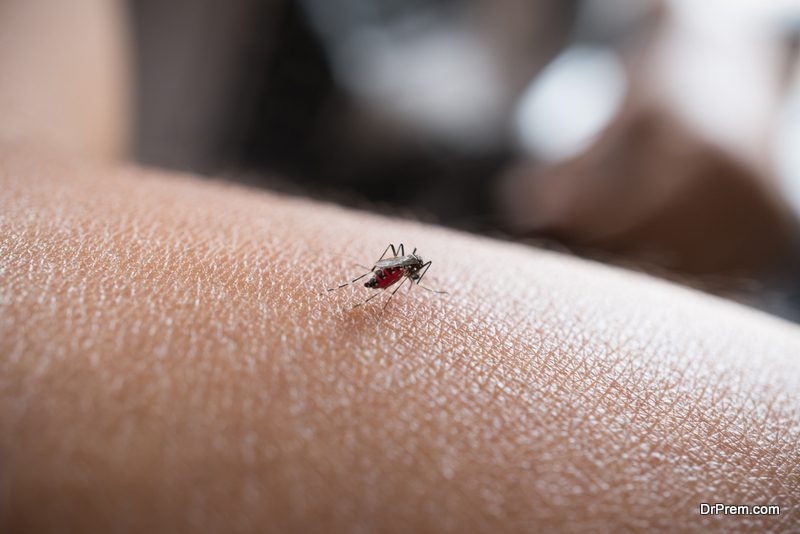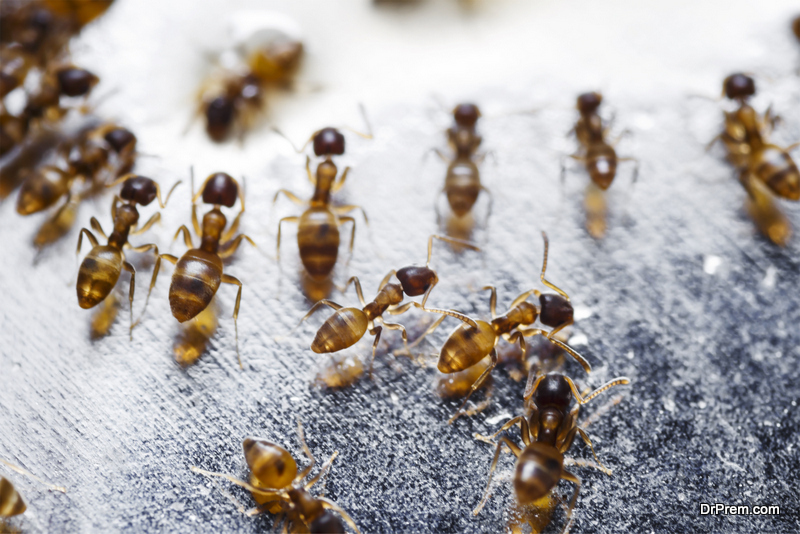Nobody wants pests in their home. It doesn’t really matter what kind of pests we’re talking about either. From rats to insects to spiders – no matter what that creepy critter is, it’s going to be an unwanted guest in almost any circumstance.
The point can be driven home by really considering a common but very unpleasant situation. People might not recognize the name Scutigera coleoptrata off the top of their head. But they might get an uncomfortable feeling when noticing that the term scuttle is nearly in the Latin name. And they’ll probably become even more worried when they learn the creature’s other name. It’s known as a house centipede.
These little predatory insects are terrifying to look at with their scuttling legs. You can feel nearly every single one as it scampers over you in the night. And given that it can move around thirteen feet in a single second you can bet you probably won’t catch one on your own.
Situations like that are why there are services like Moxie Pest Control Ohio residents trust. But it might not seem like a huge problem at first. The unfortunate fact is that a lot of these pests are more than just gross. To be sure though, they are rather gross. And in fact, they’re quite terrifying when it comes to something seen leaping from the toilet.
Ranking the dangers

But in fact, their danger level is somewhat minimal. The main risk they pose comes from walking in objectionable substances and then tracking it over your food. Or conversely, issues with becoming food for your pets if they’ve gotten into anything toxic.
The idea of especially dangerous insects prompts many people to try to protect their home around winter. And it’s quite wise to take those precautions. The reason comes down to some inherent dangers with insects as a global concept and with individual instances.
Allergies and beyond

The largest concern comes from allergies. These are especially worrisome because they can involve insect species which people don’t typically think of as dangerous. For example, consider mosquitoes. Almost everyone has a mild allergic reaction to a mosquito’s bite.
The itching associated with a mosquito bite is actually a mild allergic reaction to its saliva. But some people have a far more serious reaction to the proteins in mosquito saliva. This can actually prove life-threatening. And it makes a colony of mosquitoes near one’s home a lot more serious.
And of course, bees are a more widely recognized danger, in part, because they can cause direct physical harm to people. But there’s also the issue of allergic reactions. Some estimates place close to 8% of the population at severe risk for allergic reactions when subjected to a bee sting. This can quite literally lead to death.
But many other stinging insects carry similar risk factors. The allergy count for these stinging insects is generally lower. But even a lower risk is still a huge danger when one actually sits within the affected population. In those instances, wasps, fire ants or other insects can be a deadly challenge.
In general, one can tell if there’s significant danger by a number of signs. These include dizziness, sudden swelling, or general loss of consciousness. But even insects that don’t sting or inject anything into a person can prove dangerous. For example, dust mites and cockroaches can often introduce their feces and shed skin into people’s lungs. This can prompt anything from general illness to a more severe allergic reaction.
Management of risk factors

It’s important to note that all of these issues are manageable. And this is particularly true when the infestation is caught in advance. It’s much easier to deal with a few dozen insects than it is a few hundred or even a few thousand. The best way to do so is through direct observation.
One should also remember that there’s a multitude of different ways one can be hurt by insects. They’ll often even act as vectors in order to spread infections to people. But an insect can’t harm people if those same people strike first.
People shouldn’t just keep track of the area inside their home either. Mosquitoes, in particular, often like to set up their home directly near people’s homes. As such, stagnant water near one’s home should also be kept under observation. But if one is able to do this, and take prompt action, the danger can be quickly neutralized.
Article Submitted By Community Writer




